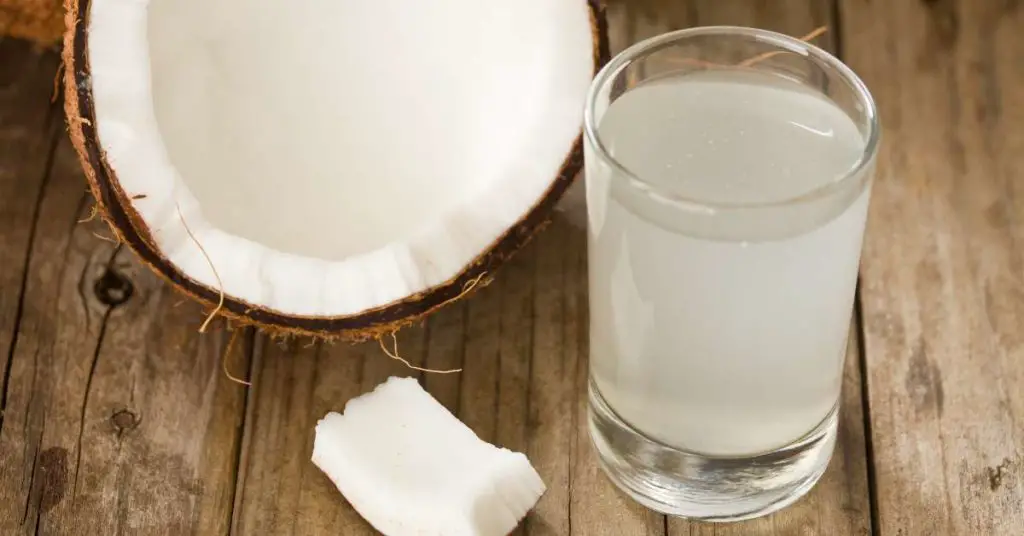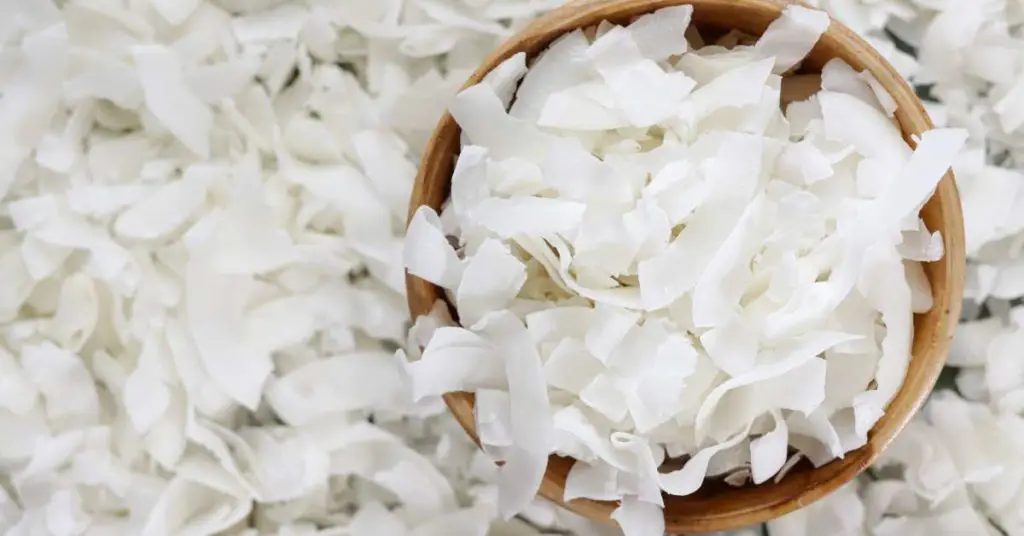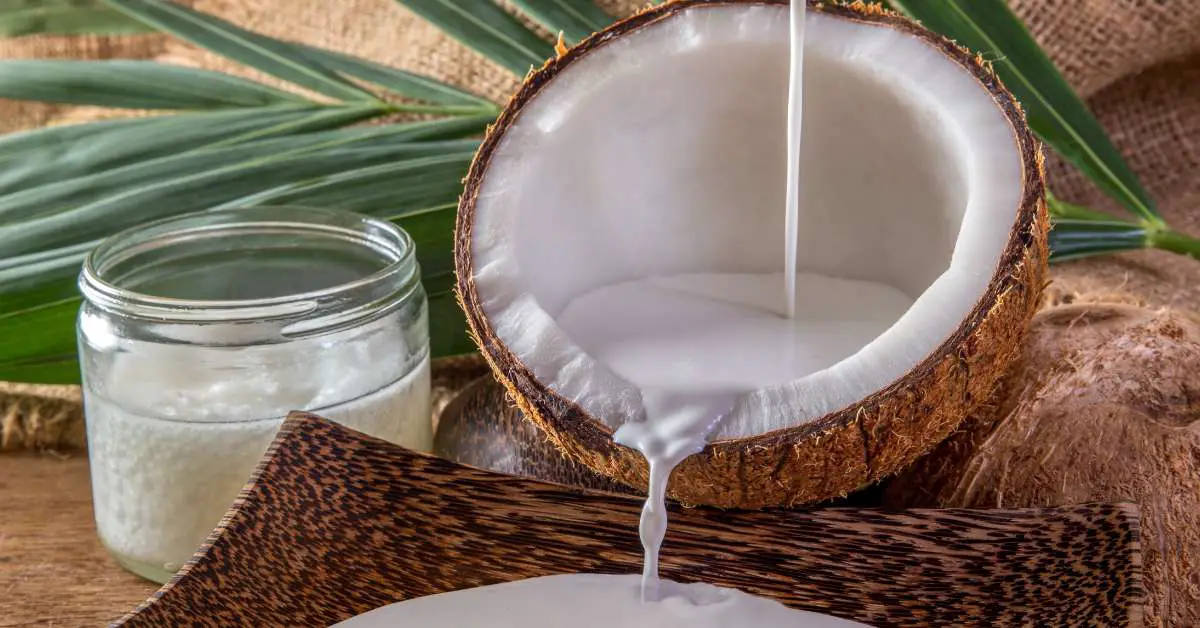Is coconut low histamine? Who doesn’t enjoy the delightful taste of this fruit? But if you have histamine intolerance, you might question whether coconut could aggravate your histamine intolerance symptoms, and whether it’s safe to add coconut and coconut-based products to your diet.
Coconut is a fruit with a hard stony covering that harbors seed most fruits and is also known as a drupe. Most fruit is low in histamine, but there are exceptions. For example, some sources say citrus fruits, like oranges, boost histamine in some people.
One way they do this is by acting as a histamine liberator, meaning they tell mast cells a type of immune cell to release histamine. However, many citrus fruits also have antioxidant and anti-inflammatory properties that are beneficial. (5)
Even if fruit is low histamine, if you have other food intolerances, you might still have problems tolerating certain ones. For example, some fruits contain oxalates or salicylates that can trigger food intolerance symptoms for some people.
That’s why you’ll need to keep a food diary and listen to how your body responds to coconut and other foods.
Are There Histamines in Coconut?
But let’s dive into the world of coconuts and histamine. Here’s where it gets confusing. Coconuts can swing both ways when it comes to its effect on histamine. That’s because processing fruits can affect how much histamine and other biogenic amines they contain.
Fresh coconut meat and fresh coconut water is usually low in histamine, and unlikely to raise your histamine level or aggravate histamine intolerance symptoms.
However, coconut that ripens too long can build up bacteria that increase its histamine content. Unfortunately, some bacteria convert the histidine in certain foods to histamine.
Fresh and less ripe is good, but the waters get murkier when it comes to dried coconut and coconut water in a package.
Although coconut water fresh from the coconut contains little or no histamine, manufacturers may add additives and preservatives to packaged coconut water that could pose problems if you’re highly sensitive.
The simpler the coconut water, the better. When foods undergo extensive processing or fermentation, it increases their histamine content. But also, exposure to bacteria during the manufacturing process can increase the histamine content of foods. (1)
How long a food is exposed to conditions that allow exposure to bacteria also affects its histamine content. (3) The fresher the coconut meat, the less likely it will have accumulated histamine-producing bacteria that could trigger histamine intolerance symptoms. (2)
That’s why it’s best to eat coconut as quickly as possible, and not store it in the fridge for days at a time.

Is Dried Coconut Low Histamine?
The most convenient way to buy coconut is in packages. However, this is dried coconut, giving it a longer shelf life. You might wonder whether the drying of coconut affects its histamine content.
Unfortunately, studies have looked at how various cooking methods affect the histamine content of foods but it’s less clear whether drying alters a food’s histamine content.
There’s no clear evidence that dried coconut contains substantial quantities of histamine. But if you add dried coconut to your diet, introduce it in small quantities and monitor for histamine intolerance symptoms by keeping a food and symptom diary.
The good news? Most people have no problem tolerating dried coconut. However, choose fresh coconut if you have the chance.

Is Coconut Butter High in Histamine?
What about histamines in coconut butter? Manufacturers make coconut butter by grinding the pulp of a coconut until it’s a soft, smooth paste. Although coconut butter, being made from coconut pulp, is not inherently high in histamine.
But one issue is the additives some manufacturers add to the butter. If you’re sensitive to any of the additives, it could trigger symptoms. So, look for the simplest coconut butter with as few additives as possible.
Is Coconut Oil Low Histamine?
If you’re looking for a low-histamine oil to cook with, coconut oil fits the bill. Because it has a high smoke point (around 350 degrees F), you can fry, bake, or saute with it without oxidizing or damaging the fats. However, coconut oil is high in saturated fat, so it’s best to consume it in moderation.
Also, be aware that research shows frying increases the histamine content of certain foods, particularly vegetables. (4) So, frying with coconut oil isn’t the best option for a low-histamine diet.
Key Takeaways:
- Coconut can have different effects on histamine levels depending on how its processed.
- Fresh coconut meat and fresh coconut water are usually low in histamine and well-tolerated.
- Coconut that ripens for too long can accumulate bacteria that increase its histamine content.
- Packaged coconut water may contain additives and preservatives that could pose problems for highly sensitive individuals.
- Dried coconut’s histamine content is less clear, but most people tolerate it well. Introduce it in small quantities and monitor for symptoms.
- Coconut butter is typically low in histamine. but be cautious of additives that could trigger symptoms.
- Coconut oil is a safe option for low-histamine cooking due to its high smoke point, but consume it in moderation due to its saturated fat content.
- Frying with coconut oil may increase the histamine content of certain foods, so it’s not the best choice for a low-histamine diet.
Conclusion
Is coconut low histamine? Fresh coconut meat is low in histamine. However, other coconut products, depending on how they’re processed, may be low in histamine. But always be aware of additives in products like dried coconut or coconut butter. In terms of histamine and other biogenic amines, coconut oil is a good bet for cooking.
Coconut products can be a bit tricky with histamine, but if you stick to the fresh and pure stuff, you’ll likely have smooth sailing. Just remember, we’re all unique, so listen to your bod and do what feels right for you.
References:
- Doeun D, Davaatseren M, Chung MS. Biogenic amines in foods. Food Sci Biotechnol. 2017 Dec 13;26(6):1463-1474. doi: 10.1007/s10068-017-0239-3. PMID: 30263683; PMCID: PMC6049710.
- Martuscelli M, Esposito L, Mastrocola D. Biogenic Amines’ Content in Safe and Quality Food. Foods. 2021 Jan 6;10(1):100. doi: 10.3390/foods10010100. PMID: 33418895; PMCID: PMC7825060.
- Klanian, M., Díaz, M., & Solís, M. (2018). Molecular Characterization of Histamine-Producing Psychrotrophic Bacteria Isolated from Red Octopus (Octopus maya) in Refrigerated Storage. High-Throughput, 7. https://doi.org/10.3390/ht7030025.
- Chung BY, Park SY, Byun YS, Son JH, Choi YW, Cho YS, Kim HO, Park CW. Effect of Different Cooking Methods on Histamine Levels in Selected Foods. Ann Dermatol. 2017 Dec;29(6):706-714. doi: 10.5021/ad.2017.29.6.706. Epub 2017 Oct 30. PMID: 29200758; PMCID: PMC5705351.
- Miles EA, Calder PC. Effects of Citrus Fruit Juices and Their Bioactive Components on Inflammation and Immunity: A Narrative Review. Front Immunol. 2021 Jun 24;12:712608. doi: 10.3389/fimmu.2021.712608. PMID: 34249019; PMCID: PMC8264544.

